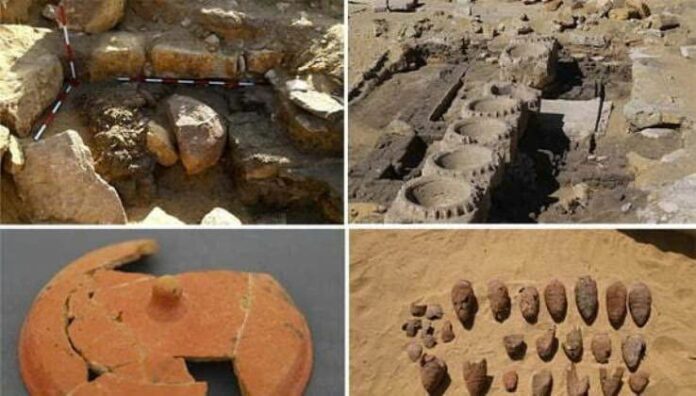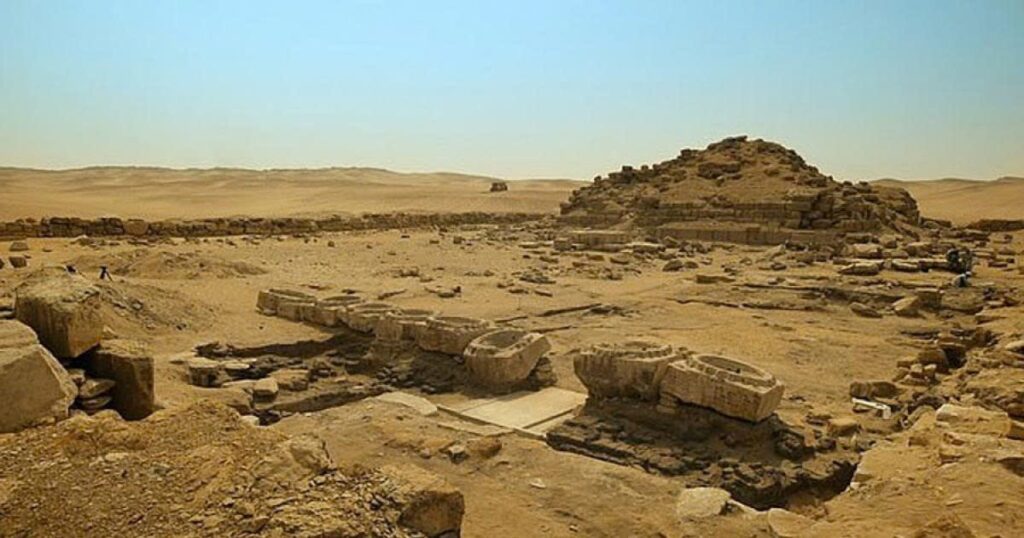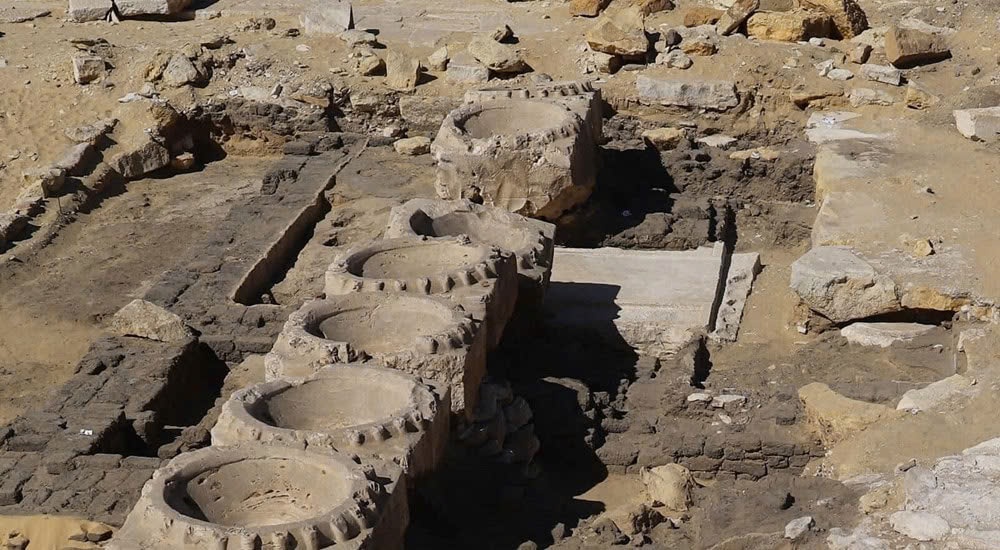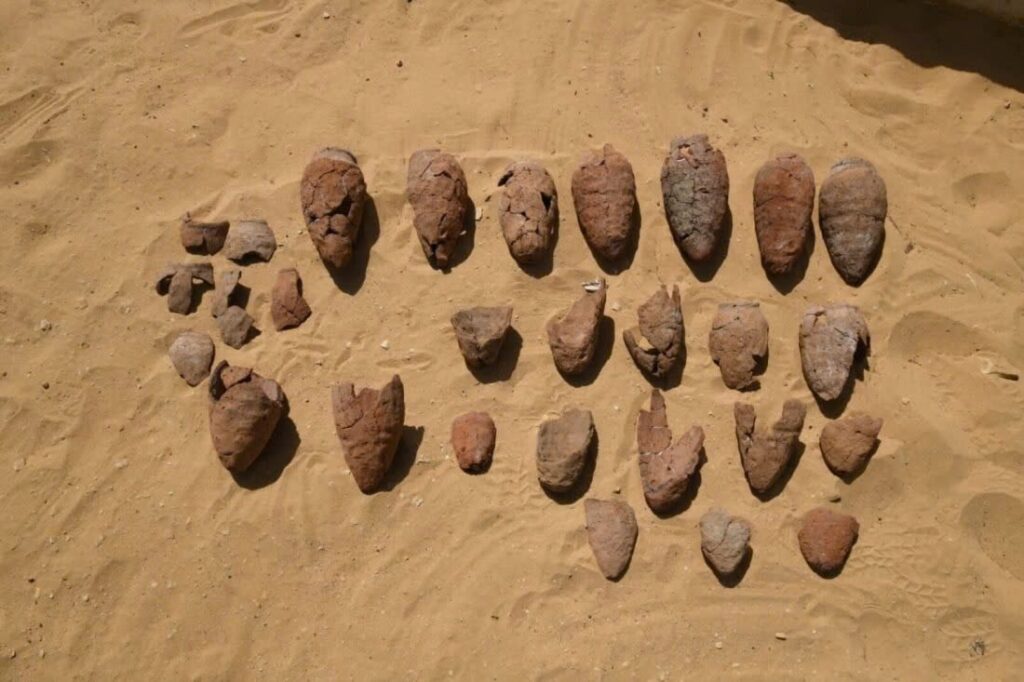Archaeologists have made a stunning breakthrough in the search for Egypt’s lost Sun Temples, unearthing what may be one of the elusive sanctuaries from the Fifth Dynasty (2465–2323 BC). A Polish-Italian team excavating in the Abusir necropolis, near Saqqara, uncovered the remains of a mud-brick structure, possibly solving a centuries-old mystery.

A Window into the Past
This remarkable find was buried beneath the temple of King Nyuserre, suggesting that an earlier Sun Temple once stood at the site. Only two of the six sun temples recorded in ancient texts have ever been found, making this discovery especially significant.

The Role of Sun Temples in Ancient Egypt
Dedicated to Ra, the sun god, these temples were central to Egyptian religious and royal ideology. They typically featured a grand entrance, a long processional causeway, and a raised sanctuary, symbolizing the divine connection between pharaohs and the sun’s eternal power.

Clues from the Excavation
Key findings from the site include:
- Mud-brick walls and quartz blocks suggesting a grand structure
- An entrance carved into limestone
- A paved floor area, possibly part of the temple’s main platform
- Ceramic vessels, beer pots, and red-rimmed containers, likely used in rituals

A Discovery with Far-Reaching Implications
Located in one of the most important cemeteries of Memphis, Egypt’s ancient capital, this potential Sun Temple could reshape our understanding of the Fifth Dynasty’s religious practices. As excavations continue, archaeologists hope to uncover more details about its function and significance in the grand narrative of Egyptian history.


